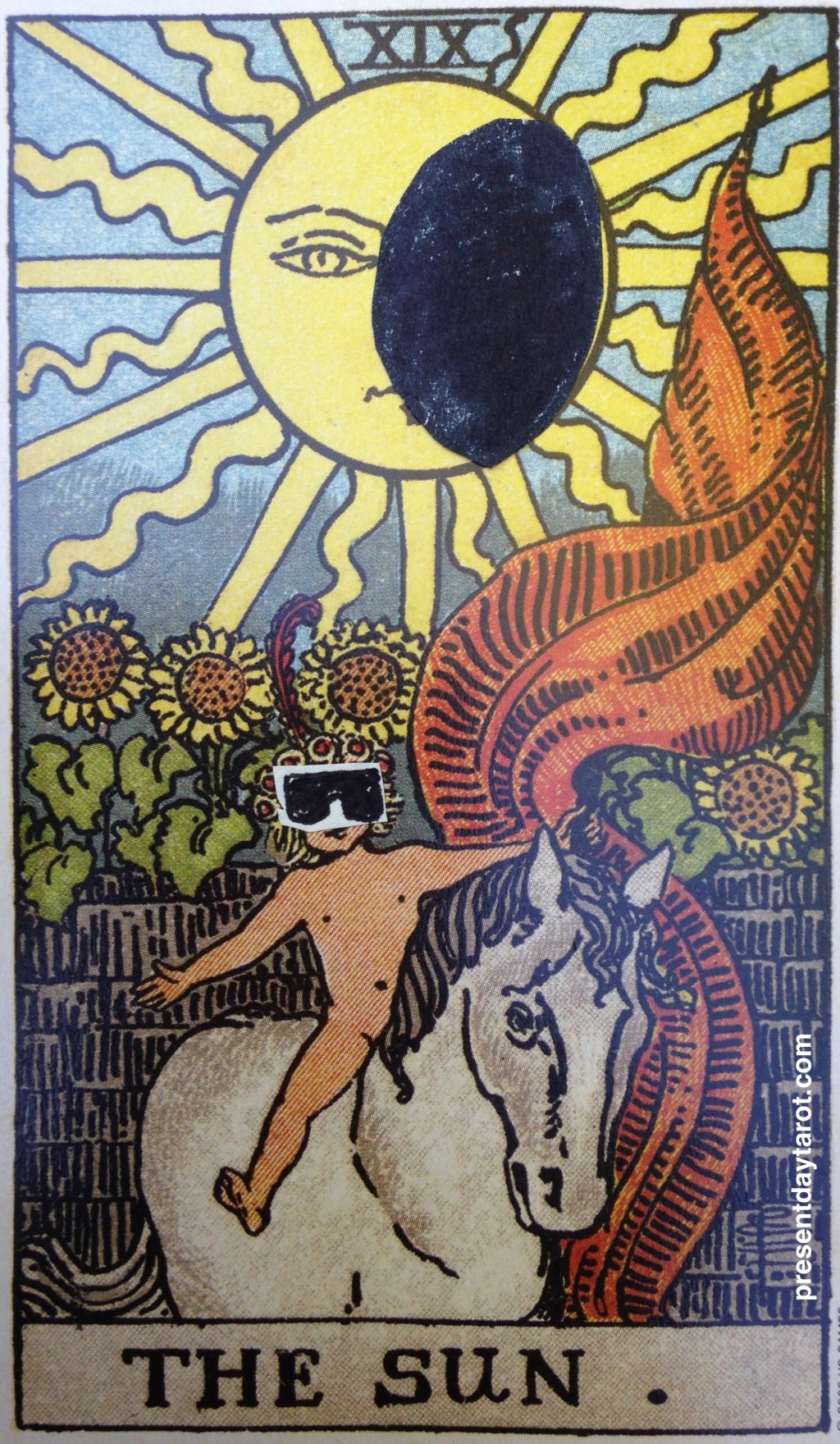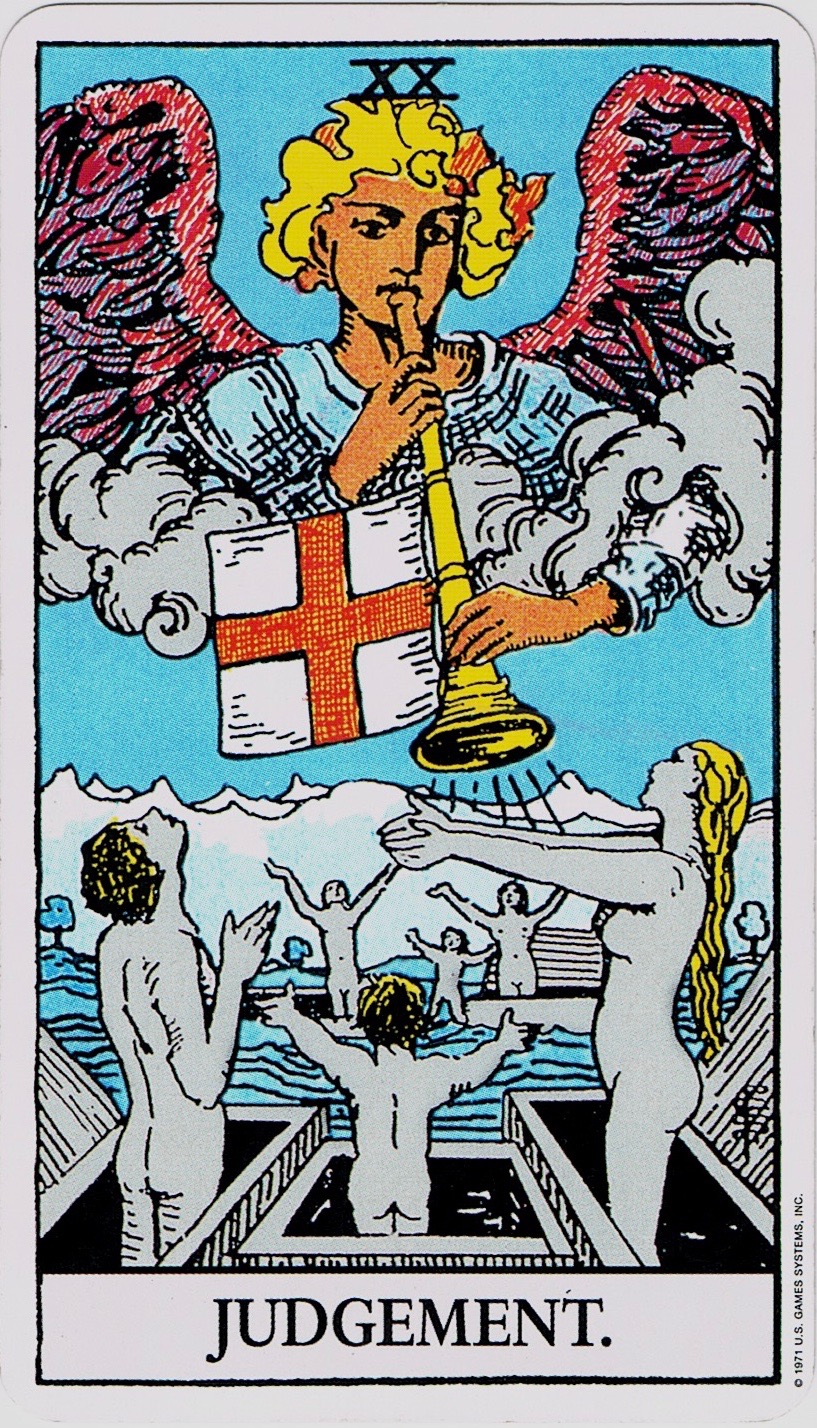Embracing a movement with the help of Paul Cezanne
20th century post-Impressionist painter, Paul Cezanne, famously said: “With an apple, I will astonish Paris.” Using his paintbrush and a love for color and form, he worked to strip away every assumption he could when painting even the most basic still-life subject: the apple. With his efforts, the story goes, he freed the art world from the tired style of Neoclassical Romanticism and paved the way for Cubism, Abstractionism, and eventually, the whole of Modern Art.
Cezanne, in essence, was queering Impressionism.

This is the conclusion I draw after seeing the marvelous Charlie Claire Burgess speak at the Northwest Tarot Symposium (subject: “Queering the Tarot for a World Beyond Binaries,” Sept, 2023). Burgess’ tarot deck, The Fifth Spirit Tarot, offers a visual alternative to the gender-binary structure at the foundation of our tarot-reading traditions.
The traditional Tarot is built on an assumption of a dualistic world view. We make meaning from images that are either expressive or receptive, dark or light, naive or mature, as a few examples. Then, both explicitly and unconsciously, (and with remarkable tenacity), we assign binary gender names to those energies. We call them male or female, rank them in value, and cast them in a heteronormative light.

To queer something is to pull out gender assumptions at the root.
In Burgess’ words, it is “to interpret from a perspective that rejects traditional categories of gender and sexuality,” and, “to consider or interpret from a perspective of an outsider for whom the ‘norm’ is not normal.”

For many of us, gender divisions have been reinforced over a lifetime and for generations, as clear as night and day. To consider a world without that boundary is, to use Cezanne’s word, astonishing.
It’s like asking a painter to stop using black and white.
…which is exactly what Cezanne did at the end of his career. By the time Paul Cezanne’s artistic struggles were paying off — in his mature phase from his atelier in Aix-en-Provence, — he had finally gotten to the root of his visual meditations. After long days and years of examining the movement of light across objects in his studio, he realized that the appearance of something as basic as a gray shadow was based on a faulty assumption. It was a trick of the mind. “Light and shadow are only the relation of two tones,” he concluded. Look at his later paintings — the ones that wowed Picasso and others that followed — to see how the liberation from the binary of black and white opened up a new era of color and form. (Below is one of his many studies of Mont Sainte-Victoire, 1902-1904).

We understand the world in the language that we speak.
I recognize the flaw in my choice to liken the icon-smashing movement of Queering to the decidedly patriarchal story I was fed in my college art history classes. The imperfect comparison was inspired by a recent trip I took to Aix-en-Provence, France, where Cezanne was born and where he returned to paint at the end of his life.* I was captivated by a visit to his painting studio, especially the presentations in the artists’ own words about how difficult his struggles were with visual honesty. It seemed similar, if not perfectly equivalent, to the mind-bending work of escaping binary, gendered thought. I see the artistic liberation that followed as an inspiration to do the hard work, and Burgess as one of the leaders working to get us there.
Burgess’ newly-released book, Radical Tarot (Hayhouse, 2023), presents a comprehensive and articulate argument for how and why to queer the Tarot.
From my art history parallel, tarot readers and the rest of us can be grateful for their work. Just consider the kind of art we might still be surrounded by had Cezanne not had the courage to re-envision the apple.
*********
*During my travels, I also saw an exhibit of paintings by Hilma af Klint. Af Klint, a reclusive painter and rather queer herself, was decidedly not part of the chain of artists we celebrated in undergraduate school. My post about that exhibit makes an entirely different connection between art and the Tarot.
**Images from The Fifth Spirit Tarot were shared with the permission of the artist. Follow them on Instagram for all kinds of good things.

Yetta Snow is a professional tarot reader and educator based in Seattle, Washington. Her business, Present Day Tarot, approaches the Tarot as a way to bring meaning into every moment of every day.
For news about tarot classes, specials, and more from Present Day Tarot…




Leave a comment